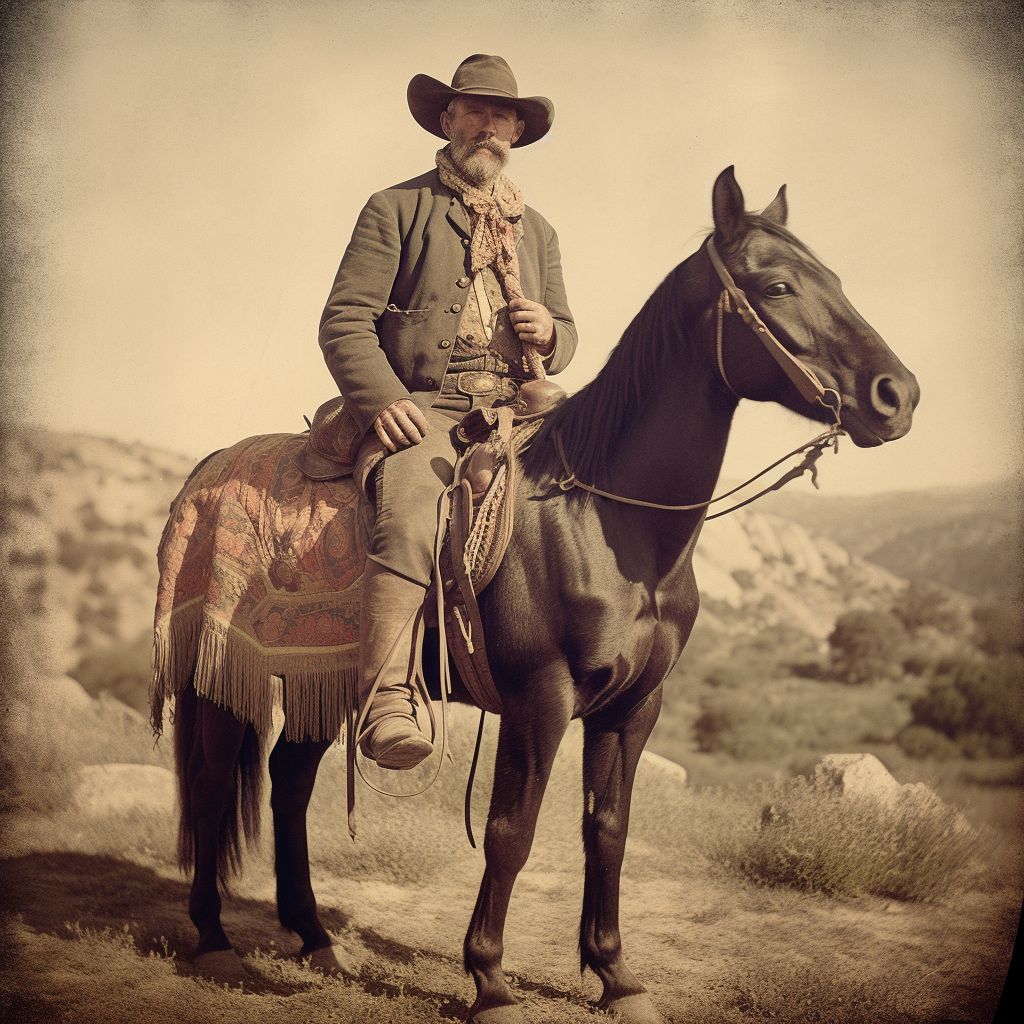Cowboy/Vaquero/Ranch Hand
The cowboy profession has long been an integral part of American culture and history, particularly in the West. In the late 19th century, cowboys were responsible for tending to livestock, primarily cattle, and ensuring their safe transport from grazing lands to market. This article aims to provide an overview of the cowboy profession in 1880, highlighting the duties, lifestyle, and challenges faced by these iconic figures of the American West.
Duties of a Cowboy
The primary responsibility of a cowboy in the 1880s was to manage and herd cattle. This involved tasks such as branding, castrating, and vaccinating the animals, as well as providing basic medical care when necessary. Additionally, cowboys were responsible for guiding cattle on long drives to market, which often involved traversing vast distances and overcoming various obstacles, such as harsh weather conditions, treacherous terrain, and encounters with wild animals or bandits.
Lifestyle and Work Conditions
The life of a cowboy in 1880 was often characterized by long hours, hard work, and exposure to the elements. Most cowboys lived a nomadic existence, traveling with the cattle herds and setting up temporary camps along the way. The work was physically demanding, requiring cowboys to spend extended periods on horseback and endure the hardships associated with life on the open range.
Despite the challenges of the profession, the cowboy lifestyle held a certain romantic appeal, as it represented freedom, adventure, and a connection to nature. Many cowboys took pride in their work and embraced the rugged, independent spirit that defined their profession.
Challenges Faced by Cowboys
In addition to the physical demands of their work, cowboys in 1880 faced a range of challenges and dangers. Rustlers and bandits were a constant threat, as they sought to steal cattle or disrupt cattle drives for their own gain. Cowboys also faced the risk of injury or death from accidents involving horses, cattle, or the environment, such as falling from a Horse or being caught in a stampede.
Furthermore, cowboys often faced conflicts with Native American tribes and other settlers, as the encroachment of cattle drives and ranching operations on traditional lands led to tensions and sometimes violent confrontations.
Legacy of the Cowboy Profession
The cowboy profession in 1880 has had a lasting impact on American culture and history, as it represents a unique and formative period in the nation's development. The image of the cowboy has become synonymous with the spirit of the American West and continues to be celebrated in literature, film, and various other forms of popular culture. As the United States has evolved, the cowboy profession has also adapted, with many of the skills and traditions associated with the role being passed down through generations and integrated into modern ranching and livestock management practices.
Type
Agricultural / Fishing / Forestry

